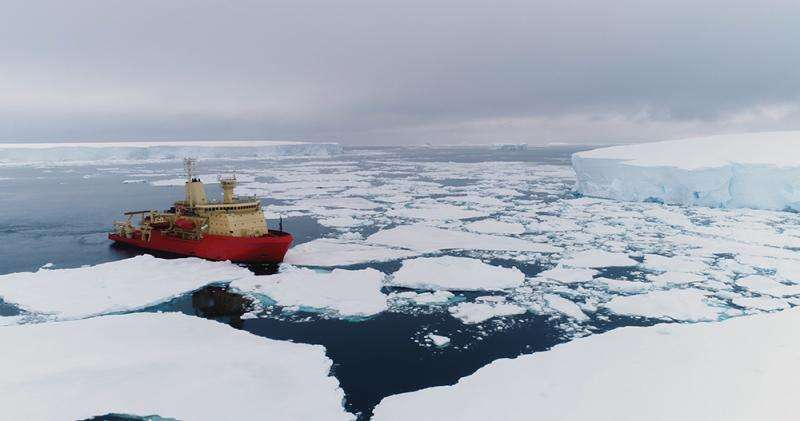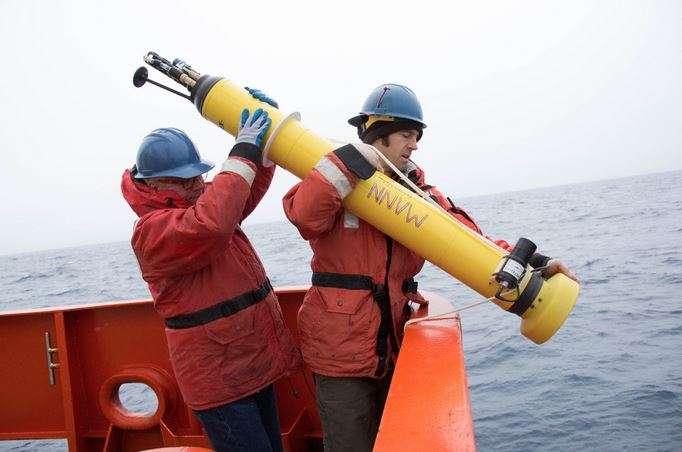Oceanographer dropping robotic floats on voyage to Antarctica

A University of Washington oceanographer is chief scientist on a voyage in the waters around Antarctica as part of a major effort to monitor the Southern Ocean.
Stephen Riser, a UW professor of oceanography, embarked Dec. 24 as part of the Southern Ocean Carbon and Climate Observations and Modeling, or SOCCOM, project to collect better data about the planet's most remote ocean.
The expedition is two thirds of the way through a month-long voyage from Punta Arenas in southern Chile to McMurdo Station in Antarctica. Along the way, researchers are deploying robotic floats built at the UW as part of the six-year, $21-million National Science Foundation effort. The multi-institutional project, based at Princeton University, will gather detailed observations of the Southern Ocean to understand its role in the global climate.
In a Dec. 26 post on his blog, "Floating on the Southern Ocean," Riser wrote, "This morning the ship is surfing the waves, being pushed by a wind of nearly 50 knots, and the captain has prohibited us from working on deck until the wind subsides." He then added, "There will likely come a time when we'll all be exhausted, but for now there is no shortage of energy and camaraderie."

He reported this week that the cruise continues to go well. The team has successfully deployed 10 of the 12 SOCCOM floats, as well as four regular UW-built Argo sensors. All the instruments are working and beaming back data.
The last two SOCCOM floats, Riser said, "will be more difficult and higher-risk, as we are entering the Ross Sea, and the ice maps show very high ice concentrations and lots of bergs."
The ship has seen plenty of sea so far, he said, but nothing compared to what it will encounter in the Ross Sea, a deep bay between East and West Antarctica.
"Sea ice like this can be hazardous to the floats, but they do have an ice-avoidance algorithm that has protected them so far. We'll see if it is up to the challenge of drifting pack ice in the Ross Sea," Riser wrote.
ClimateCentral sent science communicator Greta Shum and photographer Ted Blanco to post updates from the ship. Shum hosted a Dec. 29 Reddit Q&A with the science team.
Caitlin Whalen, a research scientist with the UW's Applied Physics Laboratory, is also on board for a separate research project. For additional updates, read the official cruise blog, read researcher blogs by Riser and Tatiana Rynearson, a UW alumnus now at the University of Rhode Island, or follow SOCCOM updates on Twitter, Facebook and Instagram.
Provided by University of Washington




















